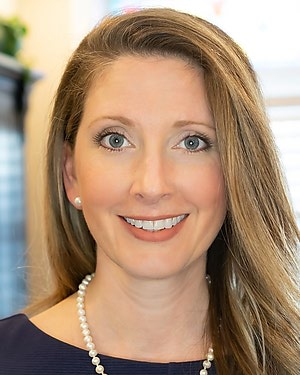Which sub populations are more at-risk for cognitive decline and fast disease progression?
Vision
Provide early detection, prognosis, and/or predicting response to available medications; develop new blood tests to better monitor treatment response; and, using blood-derived stem cells, test whether patients will be helped by emerging medication treatments.
Mission
Translate research into clinical care by defining patients who respond optimally to currently available and emerging therapies. Identify new therapeutic targets based on refined and granular understanding of disease mechanisms.
Alzheimer's and Dementia Research
Questions we're asking that inform us on how to best care for patients include:
Big Data Power
Scaling Evidence-Based Care
How can the current quality care be made available to all persons with dementia throughout Johns Hopkins?
Expedite Discovery - Closing the Loop
How can we fast track the research from clinic to test tube and back to the clinic with biomarkers for subtyping and for advancing therapeutics?
Innovation: Brain Scans
How can existing brain MRI methods be refined for early detection, prognosis, or predicting response to available medications?
Innovation: New Blood Test
Can novel blood tests based on “exosomes” be used to learn about what’s going on in the brain so as to stage the AD brain disease and monitor treatment response?
Innovation: Stem Cell Models
Can blood derived stems cells be used to test whether individual patients will be helped by available and emerging medication treatments?
Deeper Dive Lecture and Panel Videos
-
2022 Michael M. Ossoff Alzheimer's Prevention Symposium
Hear from leading experts about ways to prevent the onset of dementia and memory disorders. (This panel was recorded May 12, 2022.)
-
Dementia and Precision Medicine
Dr. Constantine Lyketsos presents the current medical knowledge and research to date on memory and Alzheimer's disease and answers frequently asked questions. ("What We Are Learning About Memory and Alzheimer's" was presented in April 10, 2021.)
Patient Care for Alzheimer's Disease
The research we do directly impacts the treatment options available to our patients. Find out more about patient care for Alzheimer's Disease.
The Johns Hopkins Memory and Alzheimer's Treatment Center
The Johns Hopkins Bayview Medical Center
5300 Alpha Commons Drive, Floor 4
Baltimore, MD 21224
Faculty
Faculty Spotlight

Dimitrios Kapogiannis, M.D. is Chief of the Human Neuroscience Unit at the National Institute of Aging and adjunct Associate Professor in the Department of Neurology at Johns Hopkins. He is a clinician-scientist, ABPN-certified in Neurology and UCNS-certified in Behavioral Neurology. His translational laboratory focuses on discovering novel biomarkers for preclinical diagnosis and therapeutic response in Alzheimer's and other neurodegenerative diseases. He has pioneered deriving Extracellular Vesicles enriched for neuronal and astrocytic origin from peripheral blood.



















